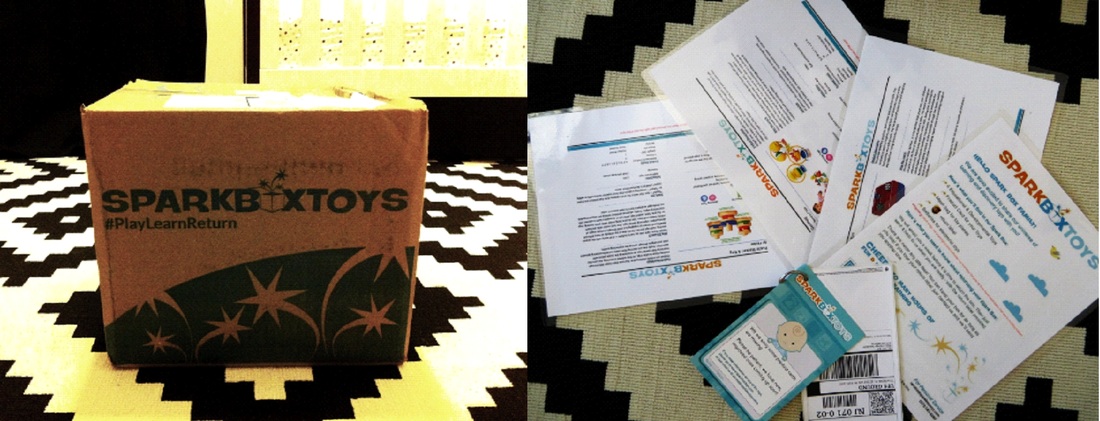

“They put away the toys and put the stickers on the box, and the kid understands that by letting go of these, something else will show up in 4 or 5 days.”Īfter Ranan Lachman’s Lego expenditures for his older son hit the four figures, he sheepishly looked around for a way to rent out the sets instead. Gover’s company serves tend not to howl in protest at returning the toys precisely because it’s just what they’ve always done. Owning them, they’ll learn that pleasure need not come solely from permanent possessions. Any conditioning away from that is good conditioning, so, if starting at an early age, kids are renting some toys instead of “My pet frustration is that I wish I could condition myself such that theĮndorphins didn’t fire off whenever I buy a new pair of shoes,” he said. Max Gover, the former math teacher and investment banker who runs Sparkbox, has a couple of ideas.

Still, the kids will undoubtedly learn something by giving back new toys every so often. So paying $15 to $39 a month at Pley may seem like a fair price for the untold numbers of parents whose children who have bricks on the brain, especially those who are notĪt the receiving end of a hand-me-down chain. The Lego-weary are a big niche market too: The sets can cost hundreds of dollars,Īnd kids may build them once and move on. The sites are pitched at parents first and foremost, especially those who don’t have a lot of space and only want to purchase toys that last and have a lasting grip on their children’s fast-growing brains. In exchange for a subscription fee, children get some new things to play with for a while, which you developmentally appropriate ones for the zero-to-four set from Sparkbox and pricey Lego sets from Pley. This is not the central organizing question behind services like Sparkbox Toys and Pley. What would children learn if we made them give away some of their favorite toys after a month?


 0 kommentar(er)
0 kommentar(er)
